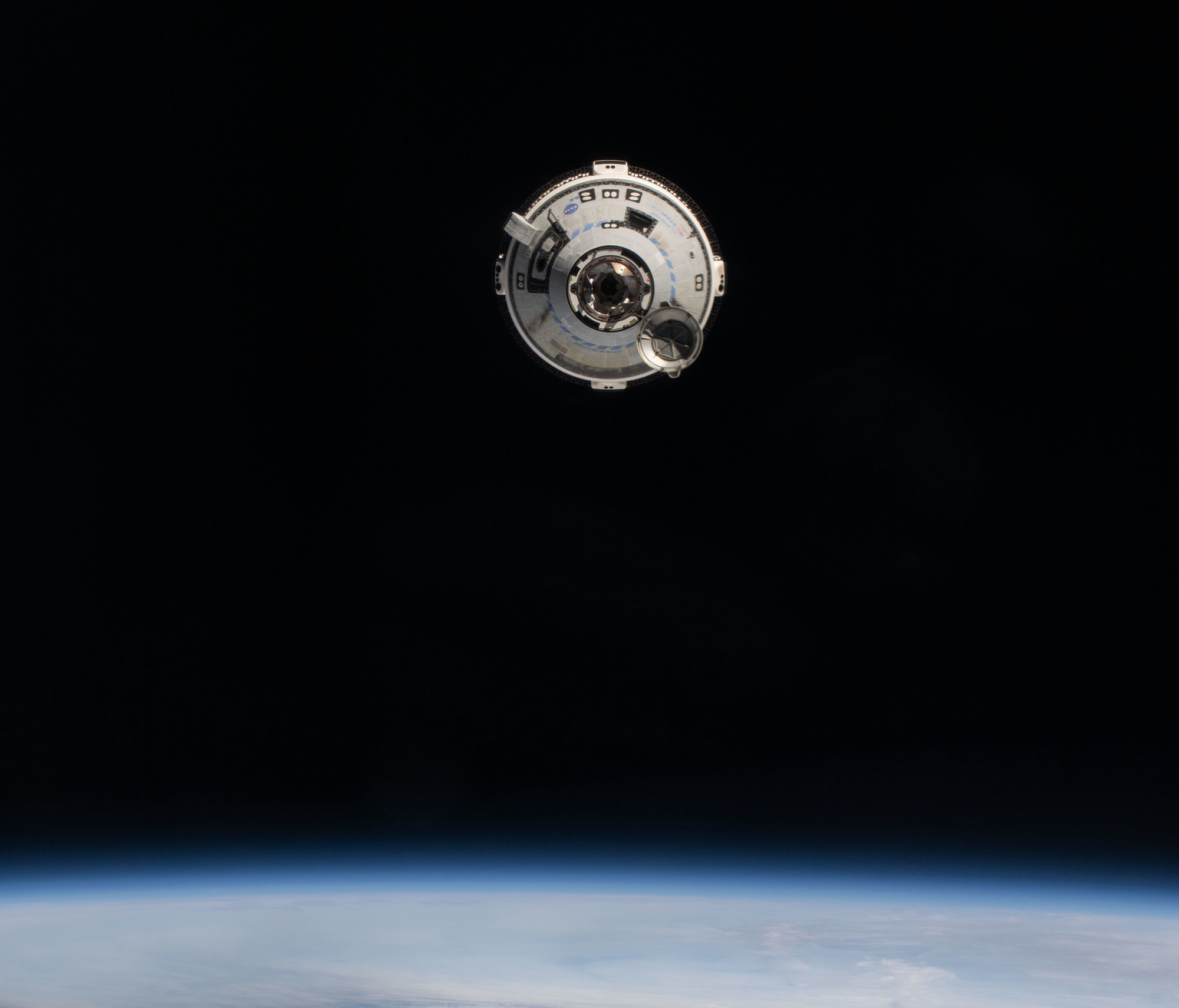
In a significant development for the space industry, Boeing's CST-100 Starliner spacecraft successfully docked at the International Space Station (ISS) on June 13, 2024. The docking marked a crucial achievement for NASA and Boeing as it paved the way for potential private astronaut missions in the future. However, this milestone came after Starliner encountered several challenges during its journey to the ISS.
Before launch, engineers identified four helium leaks in Starliner's propulsion system. One of these leaks was previously known before launch, while the other three were discovered during the spacecraft's time in orbit. NASA and Boeing worked together to assess the impact of these leaks on the remainder of the mission.
Additionally, one reaction control system (RCS) thruster failed during Starliner's flight to the ISS. Engineers are currently studying a RCS thruster that shut down during the spacecraft's journey and an RCS oxidizer isolation valve in Starliner's service module that is not properly closed. These issues may affect undocking and deorbit maneuvers.
Despite these challenges, NASA astronauts Butch Wilmore and Suni Williams safely entered the ISS on June 13. The mission was initially scheduled to last for a week but has been extended due to the need for ISS astronauts to prepare for a spacewalk and Starliner teams to continue their assessments.
Boeing plans to redesign valves on Starliner's propulsion system following the identification of a flaw in 2022. NASA is providing $5.5 million for potentially redesigning Starliner's batteries as well.
The successful docking of Boeing's CST-100 Starliner spacecraft marks an important step forward for the company and the space industry as a whole, but there are still many hurdles to overcome before routine missions can become a reality.



